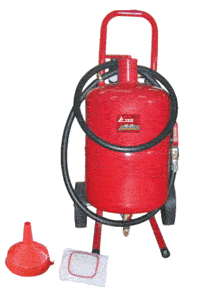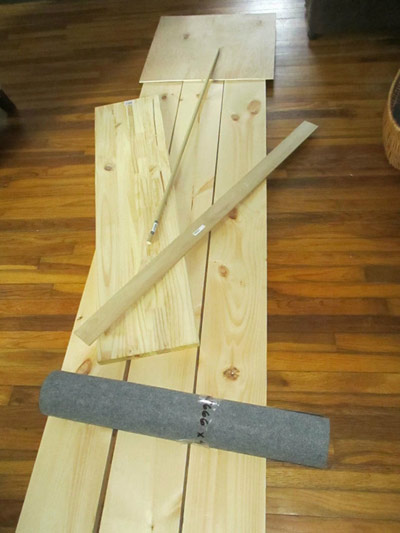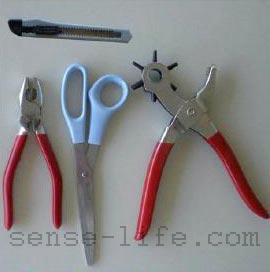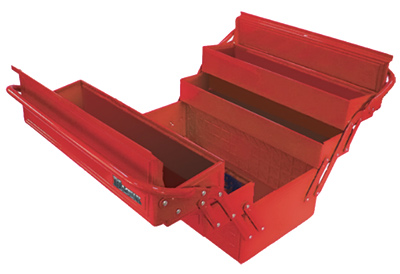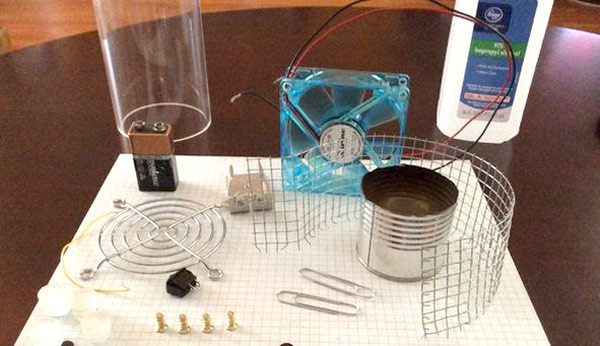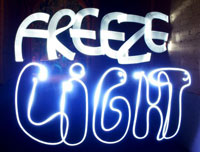|
|
Содержание The manufacturing process of paving includes several basic steps1. Preparation of forms; Forms for the manufacture of products can be used, plastic, rubber and rubber-like (polyurethane). The number of cycles of formation, which can withstand the form is: for rubber — up to 500 cycles for plastic — 230-250, for polyurethane — 80-100 cycles. Forms before pouring concrete into them lubricated by special trains, or pour concrete without lubrication of the form. When using oil-free antistatic treated with new forms, after stripping forms inspect and if necessary, washed with 5-10% hydrochloric acid solution. For lubrication of forms you can use emulsol, APL-1 (Russia) and SYAA-3 (Britain). To keep the surface of the mold can not use lubricants containing petroleum products. Damage to the surface forms a layer of grease should be fine, because due to the excess grease on the surface of the finished product are the pores. Lubricants emulsol and APL-1 are applied with a brush before each casting, CPA-3 grease is applied by brush or spray. Lubricants NEA-3 lacks 2-3 molding. The temperature during application should be 18-20 ° C.
|
Preparation of concrete mixFor the preparation of decorative concrete is better to use the compulsory mixer. Basically, the order of mixing is different from conventional concrete preparation (Fig. 1). The pigment is applied in about 30 seconds before the cement. |
The optimal mode of mixing: sand + pigment — 15-20;
| sand + gravel + pigment — 15-20; sand + gravel + pigment + cement — about 20 seconds; sand + gravel + pigment + cement + water + additives — 1-1.5 min; all — 2-2.5 min. |
To improve the durability of concrete, its durability and resistance to shock in the concrete can be added as polypropylene, polyamide, or alkali-resistant glass fiber length of 5-20 mm and a diameter of 5-50 microns in an amount of 0.7-1.0 kg per 1m3 of concrete. The length of the fibers should correspond to the largest diameter of the coarse aggregate in concrete. Fiber, with good dispersion in concrete form the three-dimensional lattice, which significantly increases the flexural strength, impact resistance and durability of concrete.
Polypropylene and alkali-resistant glass fibers are introduced to the mixing water, polyamide fiber is introduced into the concrete ready-mix, ie at the last stage, with increasing time of stirring the mixture for 30-50 s.
| When using silica fume additions take the following schedule of preparation of concrete mix: sand + + microsilica pigment — 30-40; sand + + pigment + microsilica cement — about 30 seconds; microsilica + sand + pigment + cement + water + additives — 1-1.5 min. |
Formation on the vibrating tableReady-mixed concrete workability is OK = 3-4 cm Therefore, it is used short-term seals vibroobrabotku. After preparation of the concrete mix is placed into molds and compacted by vibrating table. |
|
In the production of colored tiles in plastic forms to save the pigment layer-forming can be used: the first front layer of concrete prepared with the use of pigment, the second layer of concrete without it.
For a split mold must have two concrete mixer for the preparation of the first and second layers. |
|
When first laid the front spinning colored concrete layer 2 cm thick and compacted within 40 s. After that fits the 2nd layer of concrete with no pigment and compacted by vibration for another 20 seconds. In another concrete mobility need to pick up their time to seal the molding table. |
Seasoning PRODUCTS
After forming in the shape of tall stacks are installed in series 3.8, depending on the thickness and configuration of the tiles. For example, the square plates are placed at no more than 3 rows. After this, piles covered with polyethylene film to prevent evaporation. Low storage should be at least 15 ° C. Additional heating is required. After 24 h exposure in the forms of stripping can be done (the release of the product forms).
StrippingStripping curly produce products at a special table with vibration vybivochnom (Fig. 4), and the forms to facilitate stripping of products recommended to warm up for 2-3 minutes in a bath of hot water (temperature 45-50 ° C). It uses the effect of high thermal expansion of polymers compared with the concrete. |
Stripping square tiles and facade tiles are without any special tools. It should be noted that stripping without heat shortens the life forms around 30% and can lead to marriage, the finished product, especially for thin products.
The process of paving a knockout. And its storage pallets.
|
PACKAGING AND STORAGE After stripping the tiles are placed on pallets «face» to the «back», linking them with packing tape. To ensure the continued hardening of concrete and save your presentation should be covered with polyethylene shrink or stretch film. |
During the summer vacation products produced when they reach 70% of its design strength, which corresponds approximately to 7 days of curing concrete, starting from the date of manufacture. During the winter holidays is when you reach 100% of design strength (28 days from the date of preparation of concrete).






